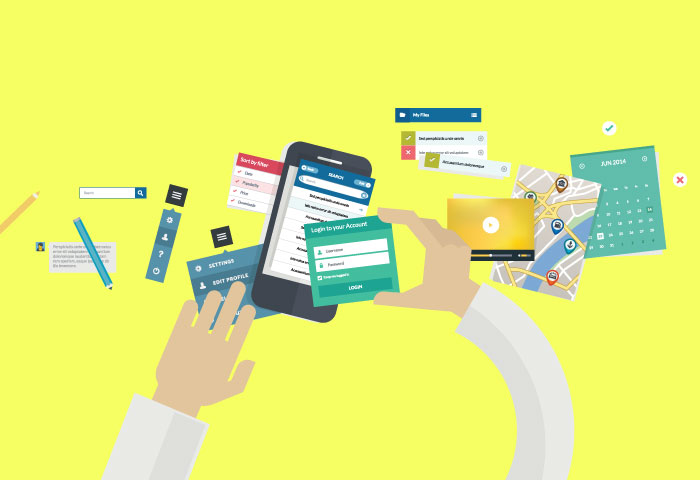How Biometrics and Mobile Apps Are Securing America’s Borders

The US passport is one of the most forged travel documents in the world. But passing off someone else’s document as your own is becoming increasingly difficult as the country turns to technology to secure its borders.
Biometric technology helps customs officers verify the identity of travelers with unprecedented accuracy. This, along with other technologies such as mobile apps and X-ray imaging, helps the country defend its borders more effectively, while making travel more efficient.
Diane Sabatino, Deputy Executive Assistant Commissioner, Office of Field Operations of U.S. Customs and Border Protection (CBP), says more.
Improving border security through biometrics
CBP uses facial biometrics to secure entry and exit points along its air, land and sea borders, Sabatino shares.
Travelers crossing the border will stop briefly to have their photo taken when their identity needs to be verified. For example, at check-in, baggage drop and airport security checkpoints.
A program then compares these new images with existing photos they have of travellers, such as those on their passport or visa to verify their identity. It has a 97% accuracy rate, Sabatino reveals.
Facial biometric technology works with trained officers to verify the authenticity of travel documents. This allows officers to focus on traveler safety and intent, while leveraging technology to verify traveler identities.
“This helps us improve their ability to deter, detect and prevent threats against our country, including impostors who misuse travel documents,” she adds.
Since September 2018, facial biometrics have prevented more than 1,200 imposters from illegally entering the United States using stolen travel documents, Sabatino reveals.
Improving the traveler experience
In addition to enhancing security, facial biometrics can also improve the traveler experience. Facial biometric verification replaces existing document checks and identity verification points that were required to enter the United States, Sabatino says.
This new process takes just seconds and eliminates the need for travelers to scan their documents or provide their fingerprints, she says. “It’s an intuitive process because almost everyone knows how to take a photo, and it fits seamlessly into the airport boarding process.”
Thanks to facial biometrics, airlines have managed to board travelers on planes in just 20 minutes.
Facial recognition technology isn’t just for air travel, sea travel has also been rewarded. Cruise lines report that facial recognition has helped them reduce the time it takes for passengers to disembark by up to 30%, Sabatino shares.
Mobile apps to make traveling easier
The United States is also improving the efficiency of its border control thanks to mobile applications. In 2020, CBP launched a mobile app that includes a variety of services travelers will need to enter or exit the country.
The app uses a series of questions to guide each user to the services they need. For example, travelers can use it to request the documents they need to enter the United States or check the status of those applications.
Travelers can also speed up their entry into the country by uploading their travel information to the app in advance. These apps automate data collection and process payments, reducing the administrative workload for CBP officers and allowing them to focus on law enforcement.
“The mobile apps serve as a tool to facilitate the flow of travelers while complementing the inspection process conducted by a CBP officer,” says Sabatino.
CBP is also using a mobile app to reduce passport control inspection time and overall border wait time. Eligible travelers can submit their passport and other customs declaration information through a dedicated mobile app. Travelers who do so will no longer need to complete a paper form or use an automated passport gate.
The next step in this program will be to combine facial biometrics with this mobile application, reveals Sabatino. This will further secure and streamline the identity verification process, she says.
Securing the transport of goods
Besides people, CBP is also responsible for checking contraband as cargo crosses borders. “CBP continues to leverage new technologies and policies that improve supply chain security while reducing processing times and the cost of trades,” Sabatino said.
For example, CBP captures high-quality images of cargo in a vehicle to detect anomalies in object density, which may indicate suspicious cargo.
They can do this without having to unload cargo, allowing officers to scan large volumes of commercial traffic for contraband while keeping legal trade flowing smoothly. He was able to cut transport review time from an average of 120 minutes to just eight minutes, Sabatino shares.
This has generated an estimated US$17.5 billion in economic benefits for the business community and US$1 billion in annual cost savings for the government, she adds.
As travel ramps up after the pandemic, technology is helping countries like the United States make travel more convenient and safer than ever. It’s time to prepare for take-off!






